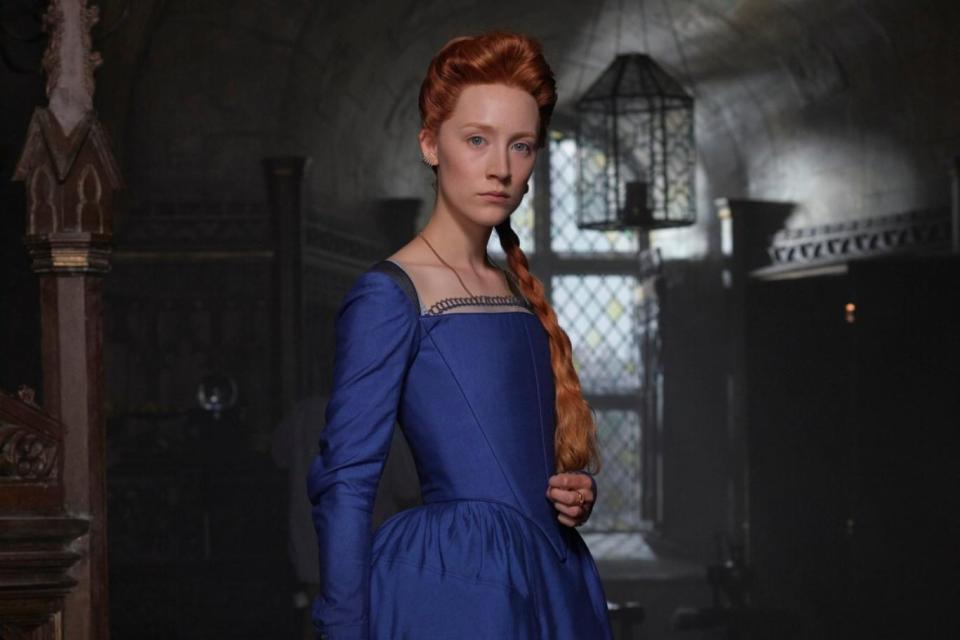Never mind Brexit — the future for France looks even darker

Brexit blues are bad enough but I have felt even more confounded by seeing France tear itself apart. Last week Emmanuel Macron capitulated on taxes, while simultaneously attacking the protesters more vigorously. More than 1,000 people were arrested on Saturday. Yet the damage continues to grow: smashed buildings, torched cars, police stoned. “It’s a disaster for our economy,” the finance minister admitted.
The President’s supporters say the “gilets jaunes” movement has been taken over by anarchists and extremists, vandals and destroyers. Maybe so. But the movement itself has perfectly humdrum origins.
Spending at least some time each month in a quiet corner of provincial France, I have become painfully aware of how impoverished and disregarded many people feel away from the big urban centres. The nearest town, an historic bastide, officially rated one of the most beautiful villages of France, nonetheless has a falling, ageing population, most people subsisting on very low incomes. Last weekend I read Twilight of the Elites: Prosperity, the Periphery, and the Future of France, by geographer Christophe Guilluy. It gives a better account of what’s going on in France than anything else I’ve seen.
First published in France in 2016, it was written before the yellow jackets appeared and is the best guide to understanding who they are and where they come from. France, says Guilluy, has embraced globalisation, abandoning its identity as a republic, rewarding the rich in their urban citadels, served by segregated multicultural banlieues, while the poor are relegated to the fringes.
And they have begun to rebel.
So what’s going to happen? Guilluy suggests either the political class can respond to the grievances of lower France — or else restrict democracy to defend its own interests. A bit of both, perhaps.
A dark future for the France I love.
It might make even Brexit look benign.
For an allegory of UK’s chaos look to Mantegna’s drawing
The greatest show in London? For me it’s Mantegna & Bellini, at the National Gallery until January 27.
Mantegna & Bellini is truly moving, especially the devotional works (despite the gallery feeling it necessary to explain that Christianity used to be the dominant religion in Europe).
And then, at the very end of the exhibition, there’s a surprise: a small drawing by Mantegna called Virtus Combusta. In this allegory, dated to the 1490s, a beautiful, naked and blind woman, representing humanity, is shown stumbling towards the edge of a precipice, led on by piping lust, head-bagged deceit and ass-eared folly, while obese ignorance, crowned and sprawling on a throne, looks on complacently.
Nothing else I have seen recently summarises quite so well where we find ourselves today.
Mary, cut off in her prime

On the Today programme yesterday Cambridge don Dr John Guy was talking up the new film, Mary Queen of Scots, starring an exquisitely complexioned Saoirse Ronan as Mary , and a hideously pancaked Margot Robbie as Elizabeth.
Ronan was “particularly struck” by her character’s decapitation, it seems. Indeed, Guy said it was significant. “It’s almost certain that Mary’s grandson Charles I couldn’t have been shopped so fast in 1649 if his grandmother hadn’t been shopped first.” Shopped? Good lord, a pain at this time of year, shopping, but even so.
Chopped, perhaps?
A winter’s tale with no festive bells on
Christmas started for me with a magical screening of The Snowman at Islington’s Union Chapel on Sunday. Laurie followed his first big-screen movie rapt, having been shown the book just few days before.
This animation from 1982 extends Raymond Briggs’s original of 1978, particularly in the second half, when the snowman takes the boy to meet other snowmen and Father Christmas. There are no Christmas references in Briggs’s book. His story is merely wintry, not festive. It’s inconceivable that any such offering would now not be aimed at the Christmas market.

 Yahoo News
Yahoo News 
